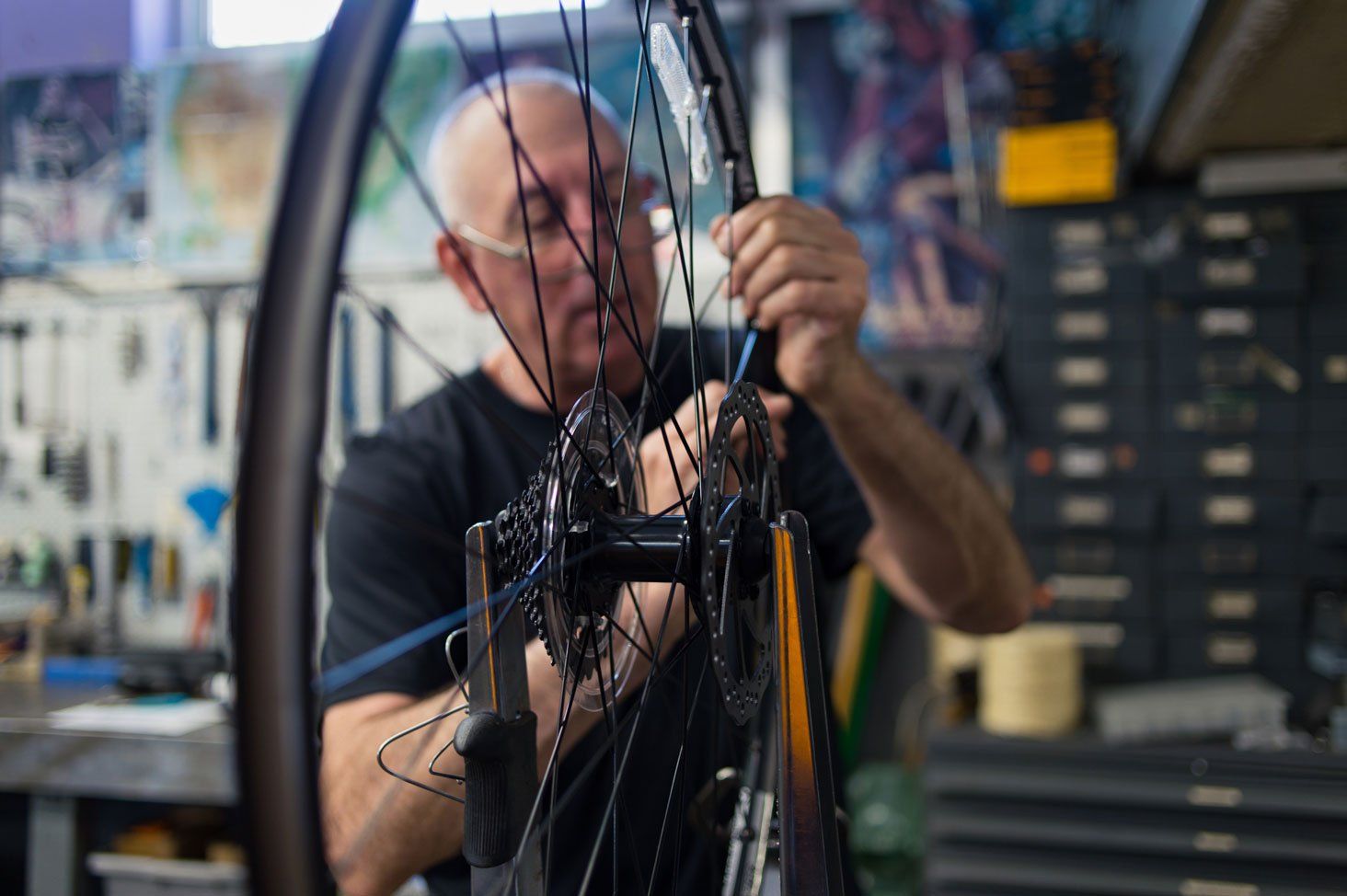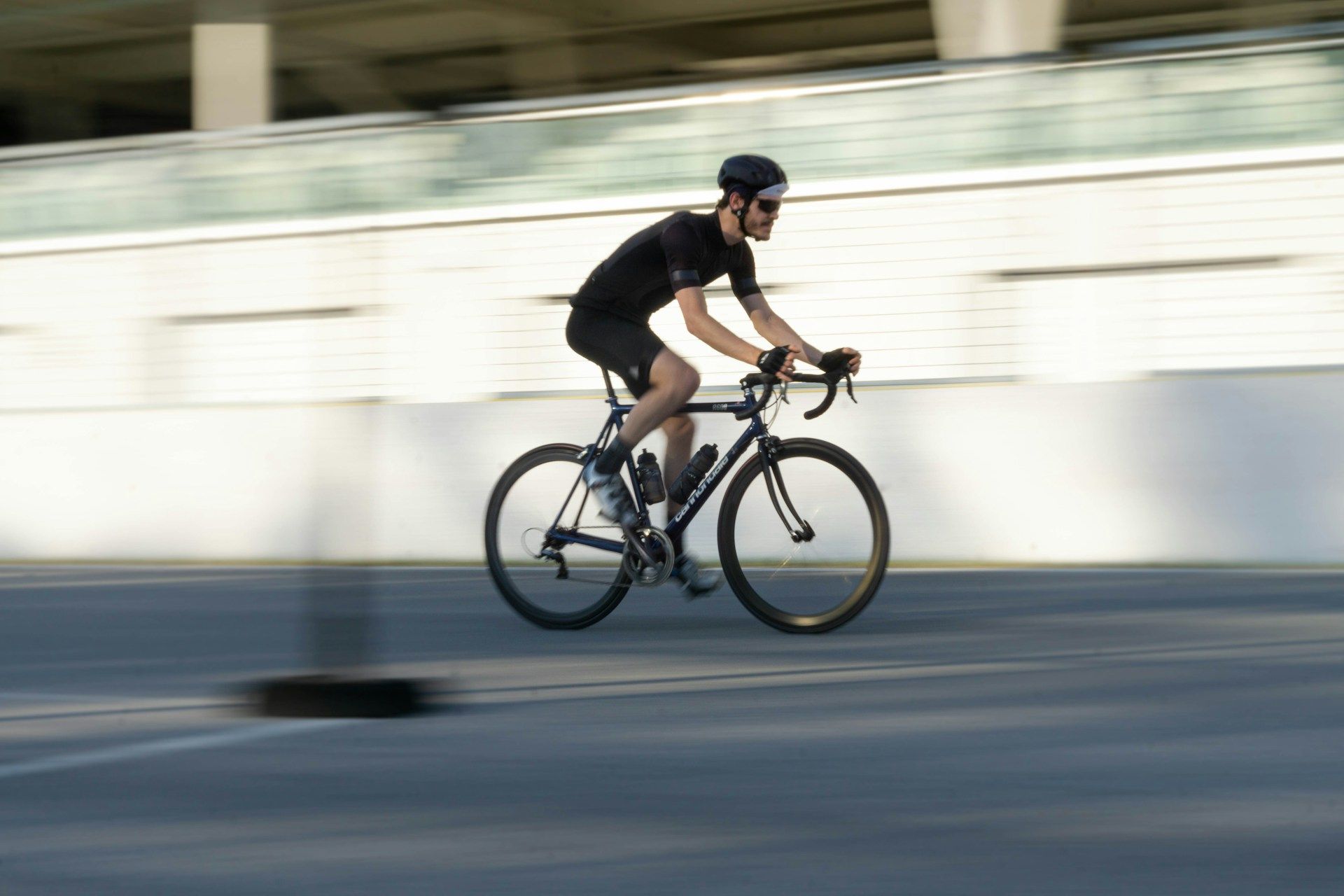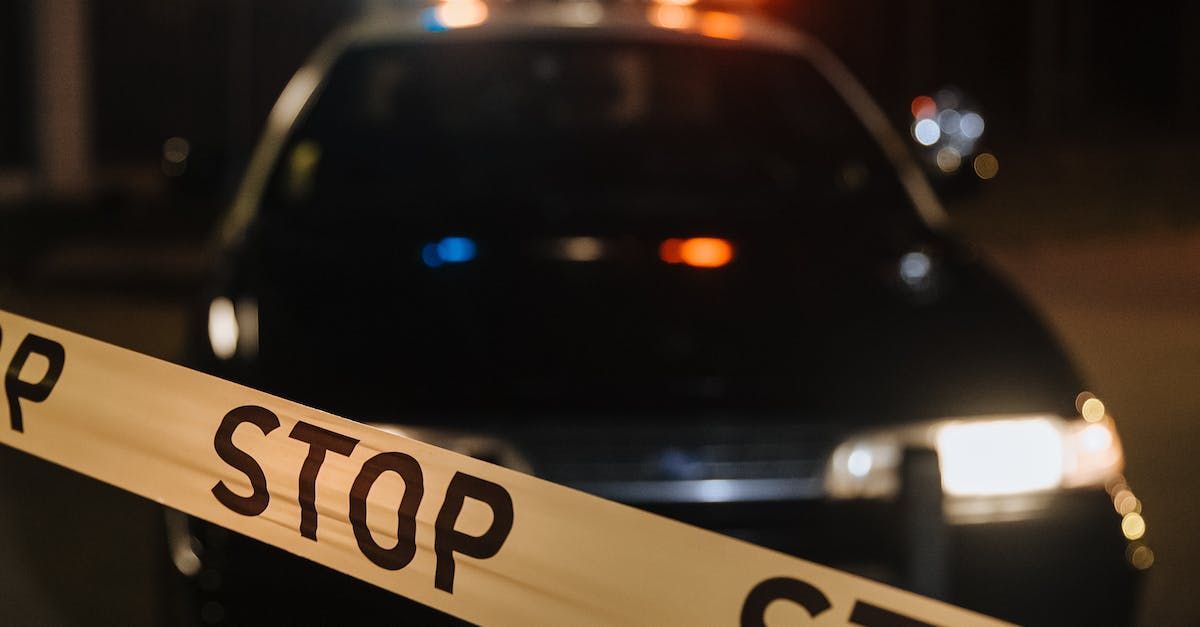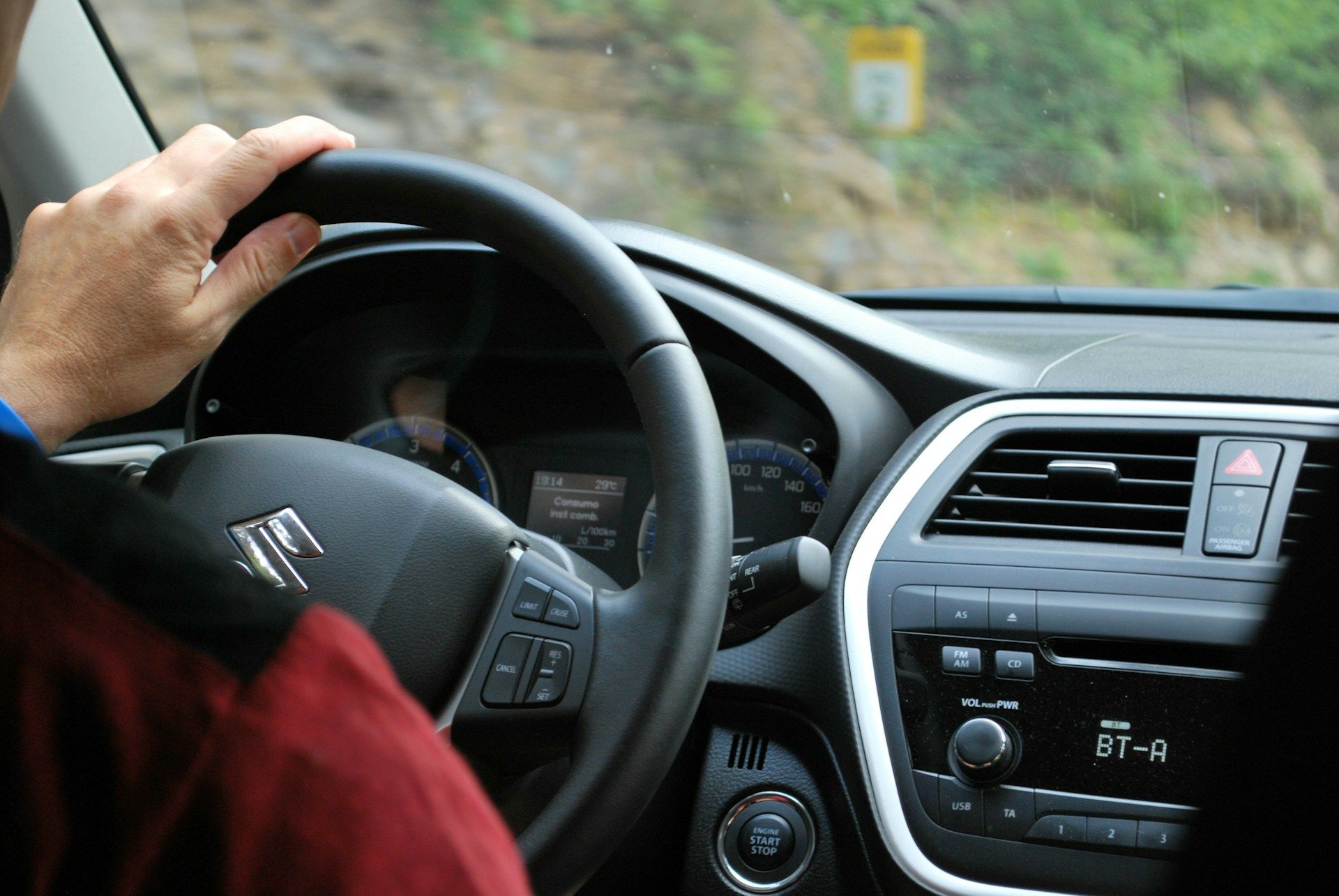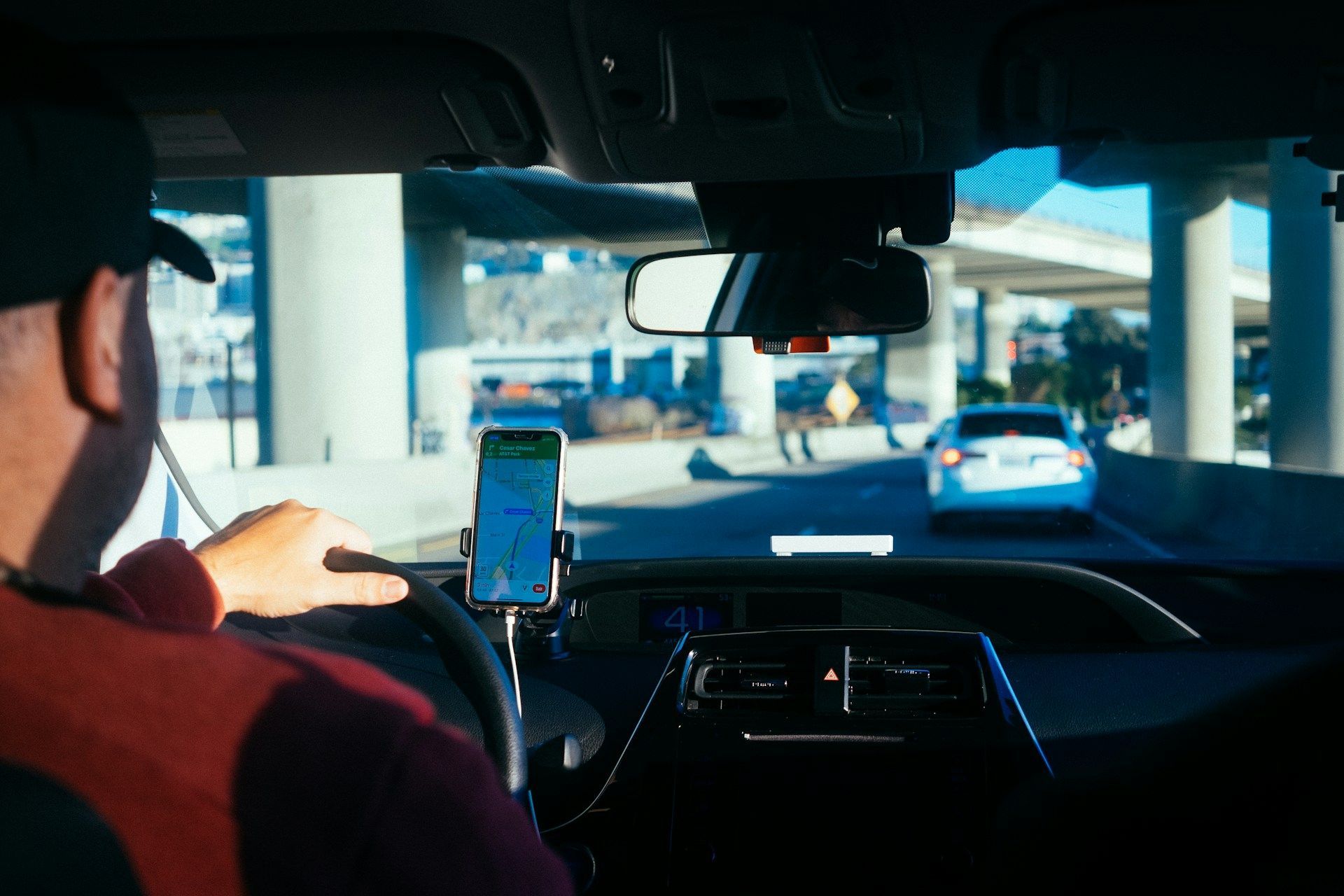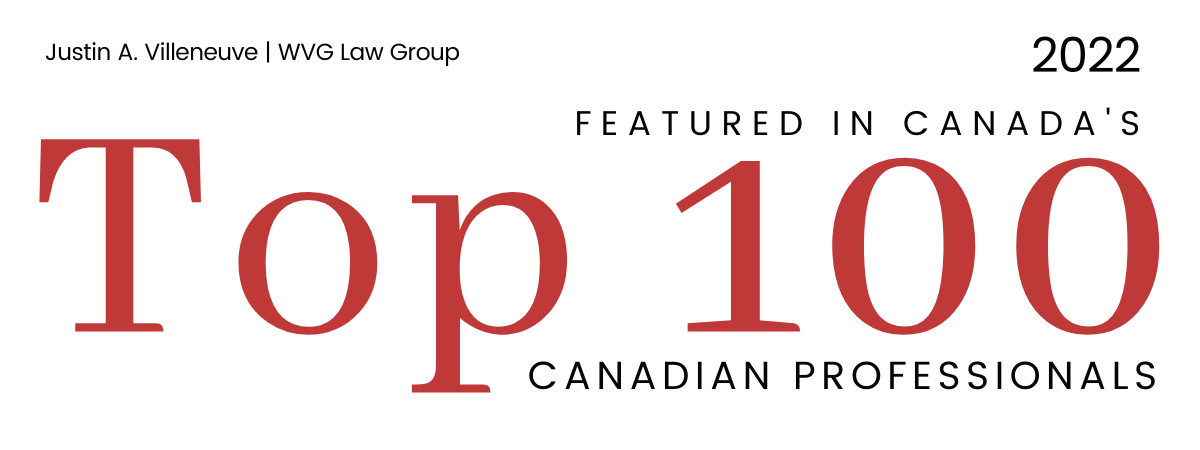Let's talk about your case
You can schedule a call with one of our lawyers anytime. Call today and get the help you need.
Or fill out our online form, and we will respond within 24 hrs.
Determining Fault in a T-Bone Car Accident
T-bone collision lawyers
Imagine driving through an intersection, and suddenly, another vehicle slams into the side of your car in a T-bone car accident. The impact is devastating, and the consequences can be severe. In that split second, your life can change dramatically.
This scenario is all too common in T-bone car accidents. Understanding the causes, potential injuries, and legal options is crucial for anyone involved in such a collision. In this blog post, we will explore the complexities of T-bone car accidents and the steps you can take to protect your rights and secure compensation.
Key Takeaways
- T-Bone accidents are dangerous side-impact collisions that require careful consideration of various factors to determine fault.
- Victims can pursue legal action for compensation, and an experienced attorney is essential for maximizing the settlement amount.
- Evidence collection and assessment of liability involve right of way rules, contributory negligence, third party liability and expert witnesses.
Understanding T-Bone Car Accidents
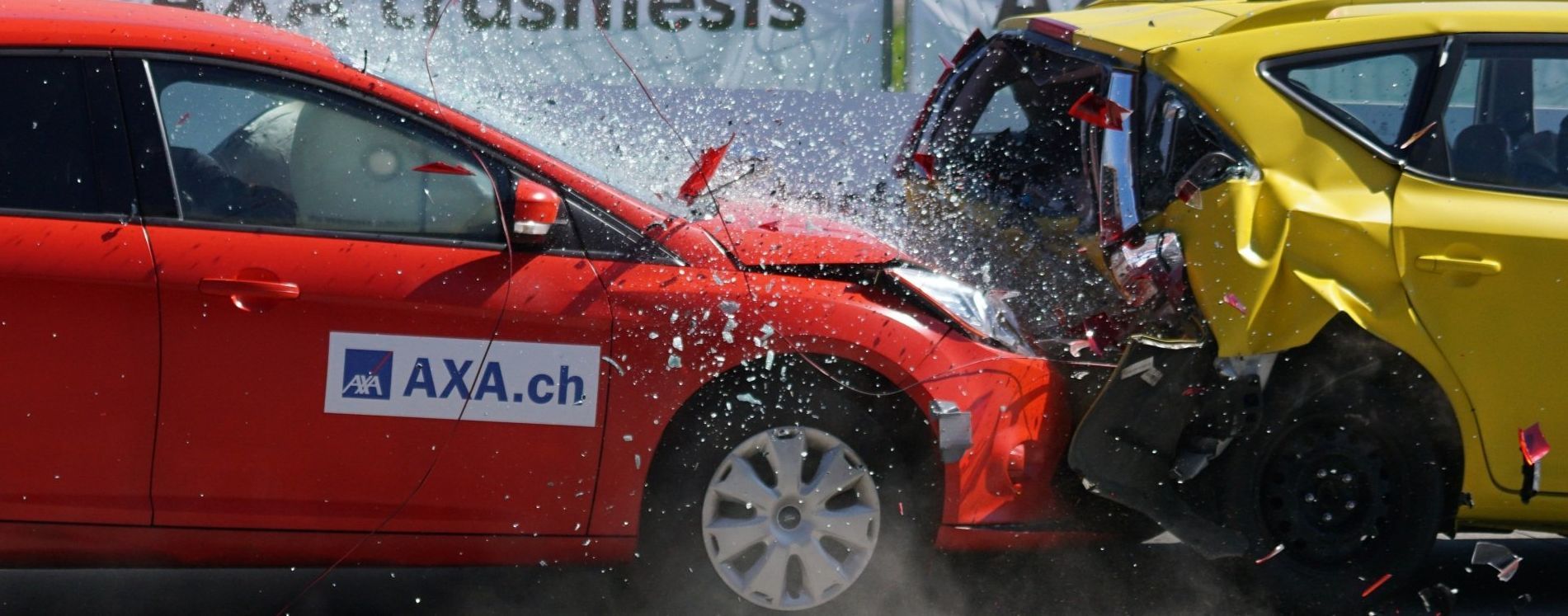
T-bone accidents, also known as side-impact collisions, occur when one driver fails to yield the right of way to the side of another vehicle, resulting in a collision at a perpendicular angle. A t bone accident occurs commonly in these locations:
- Intersections
- Highways
- Interstates
- Parking lots
The severity of T-bone accidents cannot be underestimated, as a significant number of T bone accident occurred, accounting for 23% of vehicle occupant fatalities in 2020.
Determining fault in these cases can be complex, with multiple factors to consider, such as right-of-way rules and driver negligence. We will now examine the characteristics and severity of T-bone accidents in greater detail.
Characteristics of T-Bone Accidents
T-bone accidents are notorious for their potential to cause severe t bone accident injuries, including spinal cord damage, brain injuries, and broken bones. The danger lies in the limited protection offered to the victim in these types of accidents, as the only barrier between them and the colliding vehicle is a thin door and window, which can easily shatter on impact. The sheet metal of the car door can also be easily crushed, leaving occupants vulnerable to the force of the collision in a t bone car accident. It’s crucial to be aware that t bone accidents happen, and taking precautions while driving can help reduce the risk of such incidents.
The severity of left turn T-bone accidents is often influenced by the speed at which one or both of the cars are traveling. The faster the vehicles are moving, the greater the force of impact, and the more severe the potential injuries. Comprehending these characteristics aids in recognizing the dangers posed by T-bone collisions and implementing precautions to prevent them.
Severity of Injuries in T-Bone Accidents
In a T-bone collision, the force of impact can cause the side of the car to collapse, potentially inflicting major trauma to the driver or passengers. Common injuries sustained in T-bone accidents, also known as t bone crash, include:
- Trauma to the head
- Trauma to the neck
- Trauma to the back
- Trauma to the pelvis
- Trauma to the abdomen
- Trauma to the thorax
The long-term implications of these injuries can be life-altering, leading to chronic pain, disability, and emotional distress. It’s imperative to seek medical assistance after a T-bone accident to evaluate any injuries sustained and guarantee appropriate treatment. Additionally, having a record of medical treatment can be vital in substantiating damages in court.
Economic damages, such as vehicle damage, medical costs, and lost wages, can be sought after in a T-bone accident case. Non-economic damages, which cannot be quantified with medical bills or other tangible documentation, are also recoverable for the significant impact an injury can have on a victim’s ability to function, cause prolonged pain and suffering, and reduce the pleasure gained from life and activities. It’s important to document all expenses and losses thoroughly to validate damages in court and secure fair compensation.
Common Causes of T-Bone Collisions
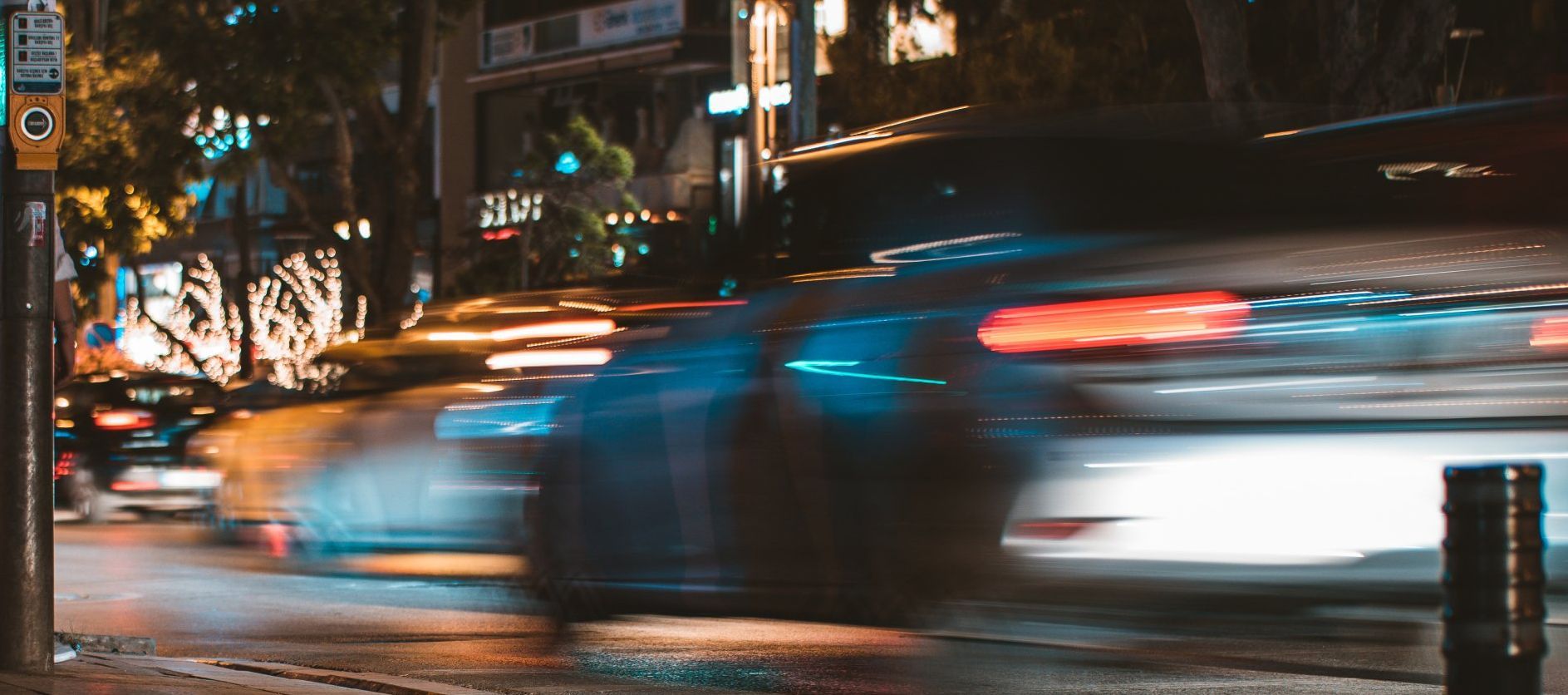
While there are numerous potential causes of T-bone accidents, some of the most common include right-of-way violations such as running red lights, failing to yield to oncoming traffic, or rolling through stop signs. These negligent actions can lead to devastating T-bone collisions, often resulting in serious injuries or even fatalities.
We will now inspect the most common causes of T-bone accidents, namely failure to yield, distracted driving, and traffic signal violations.
Failure to Yield
Failure to yield is a significant cause of T-bone accidents, occurring when a driver neglects to give precedence to another driver who has the right-of-way. Common situations where failure to yield can lead to T-bone collisions include:
- Failing to yield at a stop sign or red light
- Disregarding traffic signs
- Misjudging gap size when making a turn
- Not abiding by road rules related to right-of-way
Intersections are typically the sites of T-bone accidents caused by a failure to yield, emphasizing the importance of adhering to traffic rules and being cautious when approaching intersections.
Distracted Driving
Distracted driving is another major cause of T-bone accidents, defined as the act of driving while being distracted by other activities that take the driver’s focus away from the road. Some common examples of distracted driving include:
- Texting while driving
- Talking on the phone
- Eating or drinking
- Applying makeup
- Using a GPS device
- Adjusting the radio or music player
Texting while driving is a prevalent cause of distracted driving, contributing significantly to the risk of T-bone collisions. Research has indicated that texting while driving is six times more likely to cause an accident than drunk driving.
Talking on the phone while driving also has a considerable effect on T-bone accidents, as it distracts the driver’s attention from the road, increasing the likelihood of not noticing oncoming vehicles or failing to yield at intersections. This can result in a collision when the driver fails to stop or yield, leading to a T-bone accident. Comprehending the perils of distracted driving is vital in averting T-bone collisions.
Traffic Signal Violations
Disregarding traffic signals is another significant cause of T-bone accidents. Examples of traffic signal violations that can lead to T-bone accidents include running red lights, failing to yield to oncoming traffic, and disregarding stop signs. The contribution of traffic signal violations to the overall rate of T-bone collisions is considerable, with red light violations often leading to severe T-bone collisions.
Strictly adhering to and obeying traffic signals can reduce the risk of T-bone accidents and enhance the safety of all road users.
Assessing Liability in T-Bone Accidents

Determining fault in T-bone accidents can be a complex process, with numerous factors to consider. Right of way rules, contributory negligence, and third-party liability all play a role in assessing liability in these cases.
We will now delve into how fault is ascertained in T-bone accidents and the various factors that influence the evaluation of liability, including right of way rules, contributory negligence, and third-party liability.
Right of Way Rules
Right of way rules are of great importance in assessing culpability in T-bone accidents. These rules establish who has precedence in a particular situation and are enforced through contracts and the legal system.
A thorough understanding of right of way rules is significant in determining liability in a T-bone accident since right-of-way violations are among the most frequent factors in these accidents. By being aware of and adhering to the rules, it becomes simpler to ascertain which driver had the right of way and who was responsible.
Contributory Negligence
Contributory negligence is an important concept to consider when determining fault in T-bone accidents. It occurs when a person involved in an accident is partially responsible for the accident due to their own careless actions. The actions and behavior of both drivers involved in the accident are evaluated to determine contributory negligence in T-bone accidents.
If it is concluded that both drivers were negligent, the degree of fault for each driver will be established, and the damages awarded to the injured party may be reduced in accordance with their percentage of fault.
Third-Party Liability
In some cases, a third party may be held accountable for a T-bone collision. This may occur when a repair shop is found to have been negligent in their repairs or maintenance of the vehicles involved in the accident, or when a traffic control device malfunction is a contributing factor to the accident.
Potential third parties responsible for a T-bone accident could include repair shops and malfunctioning traffic control devices. Recognizing potential third-party liability is vital to ensure all responsible parties are held accountable for their actions in a T-bone accident.
Evidence Collection and Proving Fault

In the aftermath of a T-bone accident, gathering evidence and proving fault is of paramount importance. Experienced lawyers utilize evidence to demonstrate that the other driver was responsible for the collision. Evidence such as:
- Witness testimony
- Photographs and videos of the incident location
- Skid marks
- Other scientific evidence
These are crucial in determining fault and liability in T-bone accident cases.
We will now sketch out the process of gathering evidence and the varied types of evidence employed to establish fault in T-bone accidents.
Types of Evidence
In T-bone accident cases, some typical forms of evidence that are usually utilized to ascertain responsibility include:
- Witness testimony
- Photographs and videos of the incident location
- Skid marks and other scientific evidence
- Medical records and physician’s visits
- Official police reports
Physical evidence, such as photographs of the incident, damage to the vehicles, and any other physical evidence that could help ascertain the cause and responsibility for the accident, plays a crucial role in establishing fault in T-bone accidents.
Eyewitness accounts and the official police report are essential components of evidence when determining fault. Having impartial eyewitness testimony can be essential in upholding the claims of the parties involved in the accident.
Medical records are also of considerable importance in establishing fault in T-bone accidents, as they provide evidence of the injuries sustained by the individuals involved. It’s important to document all expenses and losses thoroughly to validate damages in court and secure fair compensation.
Role of Expert Witnesses
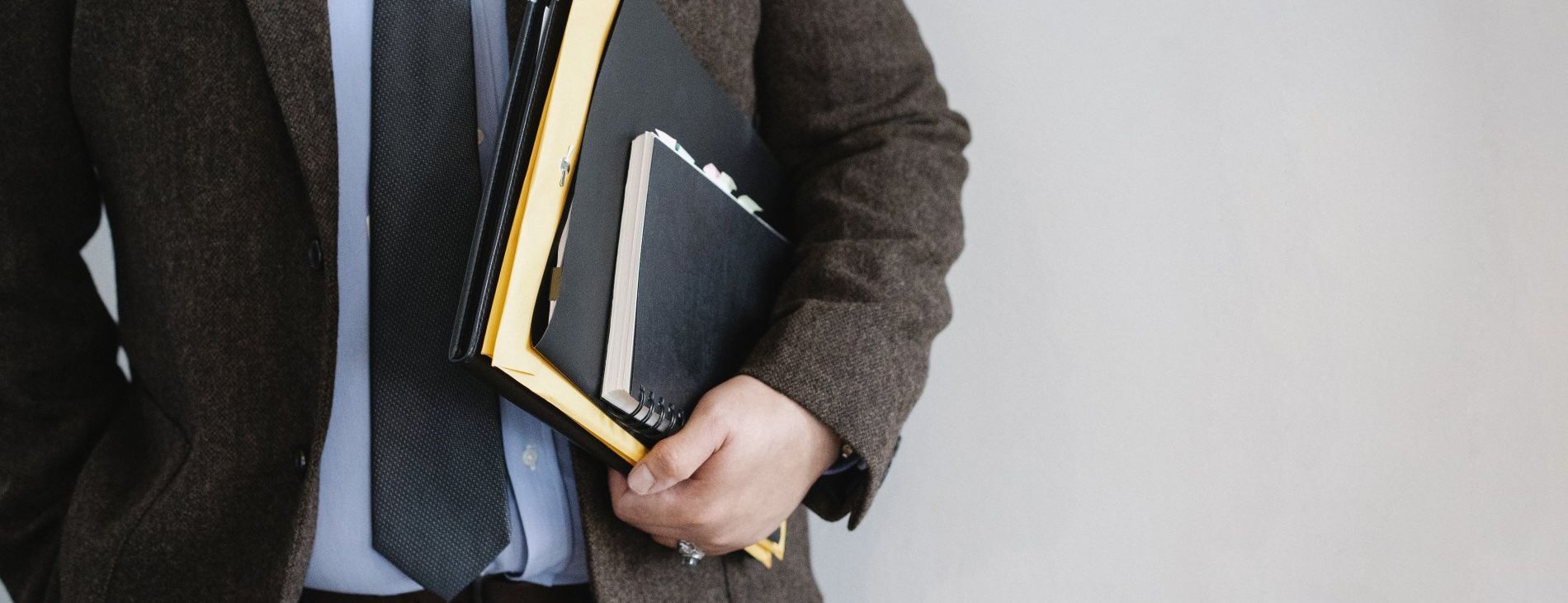
Expert witnesses are essential in establishing fault in T-bone accidents by providing expert opinions and testimony based on their expertise to assist the court in comprehending intricate concepts, determining liability, and validating claims related to medical, financial, and liability matters in the case.
Medical experts, accident reconstruction specialists, engineering experts, economists, and rehabilitation specialists are often engaged to provide their professional insight and assessment of the accident. Their knowledge and experience are utilized to assess the accident, form conclusions, and offer professional opinions to back up the case.
Legal Options and Compensation for T-Bone Accident Victims
Victims of T-bone accidents have several legal options available to them, including filing insurance claims and pursuing personal injury lawsuits. Depending on the specifics of the case, compensation for T-bone accident victims may include medical expenses, property damage, lost wages, and non-economic damages such as pain, suffering, and loss of enjoyment of life.
We will now explore the different legal courses and types of compensation accessible to victims of T-bone accidents.
Insurance Claims

Following a T-bone accident, the procedure for filing an insurance claim usually entails:
- Confirming everyone’s safety at the accident scene
- Submitting a police report
- Taking your vehicle to the reporting center
- Contacting your insurance company to report the accident and initiate the claims process
When submitting an insurance claim for a T-bone accident, it is important to provide the necessary information, such as:
- Contact details of all involved parties
- Witness statements
- Police reports
- Medical records
- Bills
The timeframe of an insurance claim following a T-bone accident may differ, but it is important to contact your insurance company for further details regarding your claim.
Personal Injury Lawsuits
Pursuing a personal injury lawsuit for compensation after a T-bone accident is another legal option available to victims. The steps to filing a personal injury lawsuit after a T-bone accident may include:
- Carefully reviewing your insurance contract
- Promptly filing a claim with your insurance agent
- Consulting with a personal injury lawyer to understand your legal options
- Assembling evidence to support your claim
- Negotiating with the insurance company for a fair settlement
If a settlement cannot be reached, filing a lawsuit and proceeding with litigation may be necessary. Please note that the specific steps may vary depending on the jurisdiction and the circumstances of the accident.
Types of Damages
In T-bone accident cases, damages that may be awarded typically include economic damages (also referred to as ‘special’ damages) and non-economic damages (also referred to as ‘general’ damages). Economic damages cover financial losses such as medical expenses, property damage, and lost wages.
Non-economic damages compensate for:
- Pain
- Suffering
- Emotional distress
- Loss of enjoyment of life
Future damages are also an important factor in the compensation of T-bone accident victims, as they are intended to cover the costs of anticipated expenses and losses that may arise in the future due to the accident.
The Importance of Hiring an Experienced Attorney
Retaining a skilled attorney to navigate the legal process and maximize compensation in T-bone accident cases is crucial for victims. An experienced attorney can:
- Guide you through the complex legal process
- Gather evidence
- Assess liability
- Negotiate with insurance companies
This will ensure you receive the compensation you deserve.
We will now highlight the advantages of employing a seasoned attorney to guide through the legal process and optimize compensation in T-bone accident cases.
Navigating the Legal Process

An experienced attorney in T-bone accident cases manages the legal process by:
- Collecting data concerning the accident
- Examining evidence
- Ascertaining fault
- Formulating a personal injury claim
- Providing guidance to the client throughout the legal process
It is essential that you obtain the other driver’s information and submit an insurance claim without delay. Your lawyer will only be compensated if you are successful in your case.
When navigating the legal process following a T-bone accident, an attorney can provide assistance by gathering evidence for an insurance claim, facilitating a car accident settlement, and representing you in court if necessary. They possess the experience necessary to effectively navigate the negotiation process on your behalf, ensuring that you receive a fair compensation for your damages and injuries.
Maximizing Compensation
Engaging a knowledgeable attorney from a reputable law firm can assist you in optimizing your compensation by ensuring that all of your legal rights are safeguarded and that you are granted the complete amount of compensation you are eligible for through their legal services.
An attorney’s role in negotiating a settlement in a T-Bone accident case is to engage in discussions with the opposing party’s lawyer or insurance company in order to reach an agreement on the compensation amount that adequately covers the victim’s damages and losses.
The attorney may present evidence, argue the victim’s case, and utilize their expertise in personal injury law to negotiate for a higher settlement amount.
Summary
T-bone accidents are a significant concern on our roads, often resulting in severe injuries and life-altering consequences for those involved. Understanding the causes, characteristics, and legal options available to victims is crucial in navigating the aftermath of a T-bone accident. By adhering to right of way rules, avoiding distractions while driving, and respecting traffic signals, we can all play a part in reducing the risk of T-bone collisions. Should you find yourself involved in a T-bone accident, remember the importance of retaining an experienced attorney to guide you through the complex legal process and ensure that you receive the compensation you deserve.
Frequently Asked Questions
What does it mean to T-bone in a car accident?
T-boning in a car accident refers to when one vehicle hits the side of another at its front, forming the shape of a “T”.
Who is usually at fault in a T-bone?
In a T-bone collision, the car that did not have the right of way is usually at fault. However, the car with the right of way can also be at fault if they fail to pay attention and anticipate that a driver may cut across traffic.
What bone is most likely to break in a car accident?
Paragraph 1: Pelvic bones are most likely to break in a car accident, followed by fibula and femur. Despite being strong bones, they can be fractured due to the immense force of the impact in an accident. Paragraph 2 (if applicable):
What side of the car gets t boned the most?
The passenger side of the car is most likely to be t-boned in a side-impact collision due to its exposure while making left turns at intersections.
What is a T-bone accident, and why is it so dangerous?
T-bone accidents, also known as side-impact collisions, occur when one driver fails to yield the right of way and results in a collision at a perpendicular angle. These accidents are extremely dangerous due to the limited protection offered to victims, as the only barrier between them and the colliding vehicle is a thin door and window which can easily shatter on impact.
Let's talk about your case
You can schedule a call with one of our lawyers anytime. Call today and get the help you need.
Or fill out our online form, and we will respond within 24 hrs.
Thank you for contacting us.
We will get back to you as soon as possible. You can also book using this link: Personal Injury Booking Page
Please try again later
Related Blog Posts
Practice Areas
QUICK LINKS
CONTACT US
Tel: (613) 505- 5025
Fax: (613) 234-5852
info@wvgblaw.com
200-2571 Carling Avenue
Ottawa, Ontario
K2B 7H7
SERVICES
RECENT BLOG POSTS






